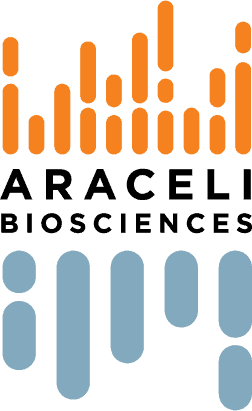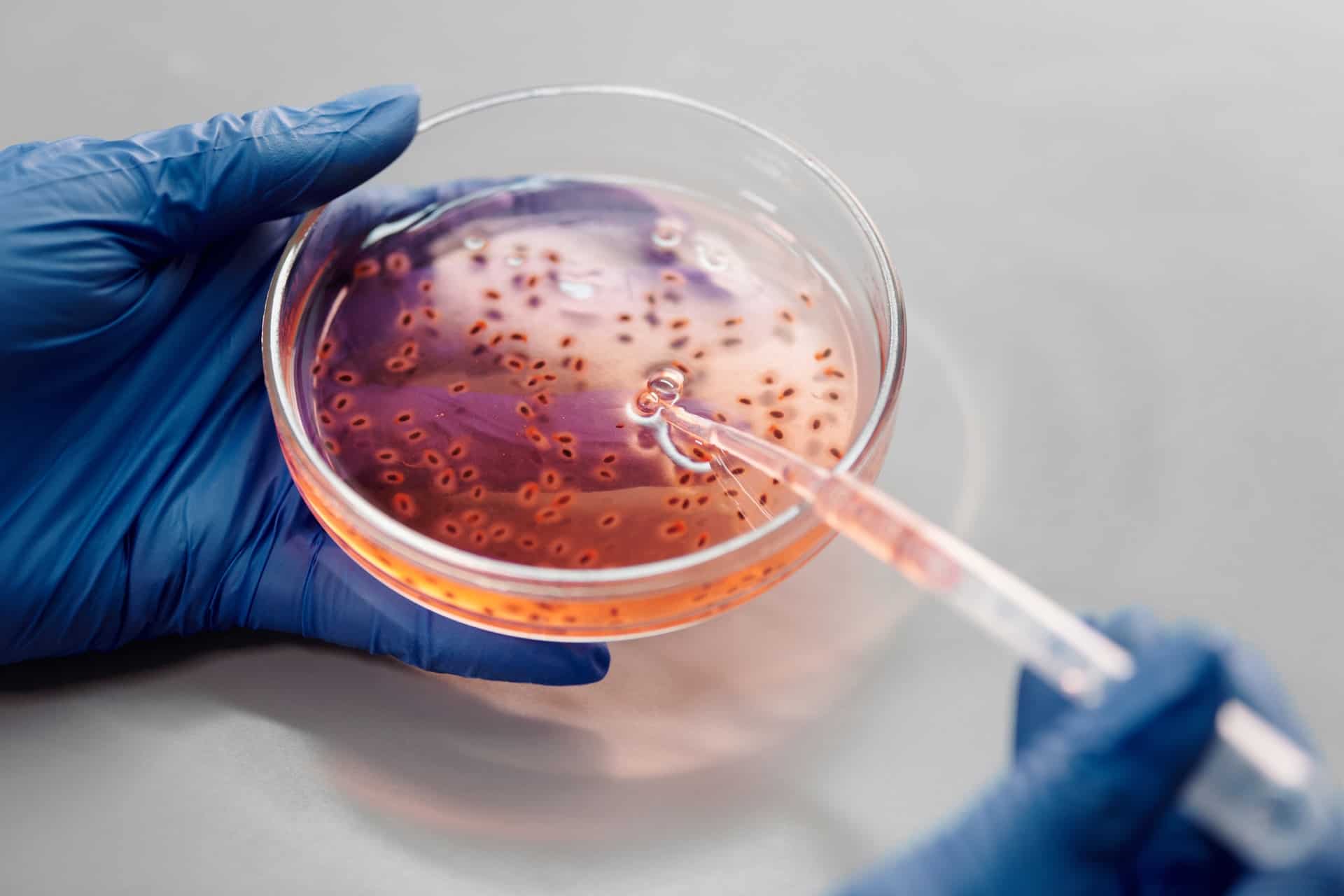Introduction
Autophagy is a natural form of cellular recycling encountered from bacteria to mammals, where subcellular components are degraded, and the resulting components are reutilized by the cell. Derived from the Greek for “self-eating”, autophagy is a housekeeping process that is vital for balancing sources of energy, removing damaged organelles (mitochondria, endoplasmic reticulum, etc) and misfolded/aggregated proteins, eliminating intracellular pathogens (bacteria and viruses), responding to stress (such as insufficient nutrients), and providing the components for cellular renewal. Autophagy is generally seen as a survival mechanism, disrupting it typically results in cell death and can lead to disease as autophagy has a role in preventing diseases such as cancers, diabetes, and a whole host of liver, heart, and brain diseases.
Autophagy occurs continuously at a low level across the body (this level decreasing with age) and is essential for maintaining homeostasis. Stress conditions such as starvation/fasting or exercise can further induce autophagy, which degrades cytoplasmic material into metabolites that can then be used to produce energy (Alirezaei et al. 2010).
Autophagy research is an active area, with numerous assays and studies developed in order to learn more about the molecular and cellular mechanisms and pathways involved.
Autophagy Types and Mechanisms
There are currently four types of autophagy that can occur in mammals, each with varying mechanisms of action, but all involve the delivery of targets to the lysosome.
- Macroautophagy: The most well-researched type, this involves encapsulating the target in a double membrane sac known as an autophagosome, which travels to the lysosome and fuses into an autolysosome, in which the target is broken down.
- Microautophagy: The target is directly taken up by the lysosome and broken down within.
- Chaperone-mediated autophagy (CMA): Specific targets are identified by protein chaperones, which bind to the target and deliver it to the lysosome. CMA is highly specific and delivers protein targets individually, rather than collecting whole organelles.
- Crinophagy: Specifically for secretory granules, which fuse directly with the lysosome. Little is currently known about the mechanisms of crinophagy (Csizmadia et al. 2020).
 Figure 1: Diagram of different types of mammalian autophagy, including macroautophagy, microautophagy, and CMA. The blue proteins are the targets, green indicates membranes, light green for the lysosome, orange for the protein complex chaperone for CMA.
Figure 1: Diagram of different types of mammalian autophagy, including macroautophagy, microautophagy, and CMA. The blue proteins are the targets, green indicates membranes, light green for the lysosome, orange for the protein complex chaperone for CMA.
Autophagy assays
There are a vast number of implications of autophagy across biology and medicine, both studying the pathways and mechanisms involved and what happens when these processes break down. It is vital to monitor autophagic activity across cell populations in an accurate and reliable way, in order to determine if there are rate changes or limits to the process over time. It should be noted that most autophagy assays focus on measuring macroautophagy in mammalian systems.
Autophagy can be quantified in several ways:
- The number of autophagosomes or autophagosome-related fusion factors in a cell
- The number of autolysosomes in a cell
- Autophagic flux, or the amount of degradation of material from the cytoplasm in lysosomes over time
- Increased induction of autophagy and the related factors
These methods require markers or techniques that can quantify changes in biochemical factors within subcellular compartments, a challenging task. While electron microscopy can be used to determine the number of autophagosomes/autolysosomes within a cell, this can be unreliable as lysosome consumption rates can change over time. For robust measurements, the accumulation of autophagosomes should be determined, then autophagic flux measured to determine lysosome consumption rates, then the induction of autophagy measured via specific probes to confirm the flux data. In addition, certain chemicals can also be used to inhibit or induce autophagy (or lysosome activity), useful for experimental controls. Some examples of autophagy assays are detailed below.
Fluorescent dyes
Certain dyes brightly fluoresce when incorporated into autophagosomes or autolysosomes, this allows for detection, quantification, and tracking of these components within live cells using microscopy or flow cytometry. Recently used by Satyavarapu et al. 2021.
Autophagy-related proteins (ATGs)
Many proteins are required for the formation of autophagosomes, including ATG8 (Mizushima 2020). This protein has several homologs named LC3, GABARAP, and GATE-16, all collectively called the ATG8s. As ATG8s are involved in autophagosome formation, ATG8s amount increases with autophagy induction and decreases when fused with the lysosome and degraded, meaning turnover of ATG8s can be used to measure the autophagic flux. The level of ATG8s can be measured with Western Blotting, a fluorescent tag, or labeling with both GFP and RFP and using FRE (noting that GFP fluorescence is immediately quenched by the acidic environment within lysosomes, but RFP is unaffected).
Keima
Keima is a fluorescent protein that has different excitation peaks under neutral and acidic conditions, meaning it can signal when entering the lysosome. This can be used for macroautophagy like the above methods, but also for CMA and microautophagy, as it is independent of autophagosome formation (Katayama et al. 2011).
Summary
Autophagy is a vital cellular recycling process with roles in cell survival and maintenance, always operating in the body to regulate processes, and upregulated during times of stress. With defects in this process leading to disease, autophagy is a research focus for many labs, but it can be challenging to identify the best assay or method to assess autophagy. Discovery of reliable autophagy biomarkers will provide early and robust view of therapeutic targets, benefiting both the lab and the clinic.
References
Alirezaei, M., Kemball, C. C., Flynn, C. T., Wood, M. R., Whitton, J. L., & Kiosses, W. B. (2010). Short-term fasting induces profound neuronal autophagy. Autophagy, 6(6), 702–710. https://doi.org/10.4161/auto.6.6.12376
Csizmadia, T., & Juhász, G. (2020). Crinophagy mechanisms and its potential role in human health and disease. Progress in molecular biology and translational science, 172, 239–255. https://doi.org/10.1016/bs.pmbts.2020.02.002
Katayama, H., Kogure, T., Mizushima, N., Yoshimori, T., & Miyawaki, A. (2011). A sensitive and quantitative technique for detecting autophagic events based on lysosomal delivery. Chemistry & biology, 18(8), 1042–1052. https://doi.org/10.1016/j.chembiol.2011.05.013
Mizushima N. (2020). The ATG conjugation systems in autophagy. Current opinion in cell biology, 63, 1–10. https://doi.org/10.1016/j.ceb.2019.12.001
Satyavarapu, E. M., Nath, S., & Mandal, C. (2021). Desialylation of Atg5 by sialidase (Neu2) enhances autophagosome formation to induce anchorage-dependent cell death in ovarian cancer cells. Cell death discovery, 7(1), 26. https://doi.org/10.1038/s41420-020-00391-y



